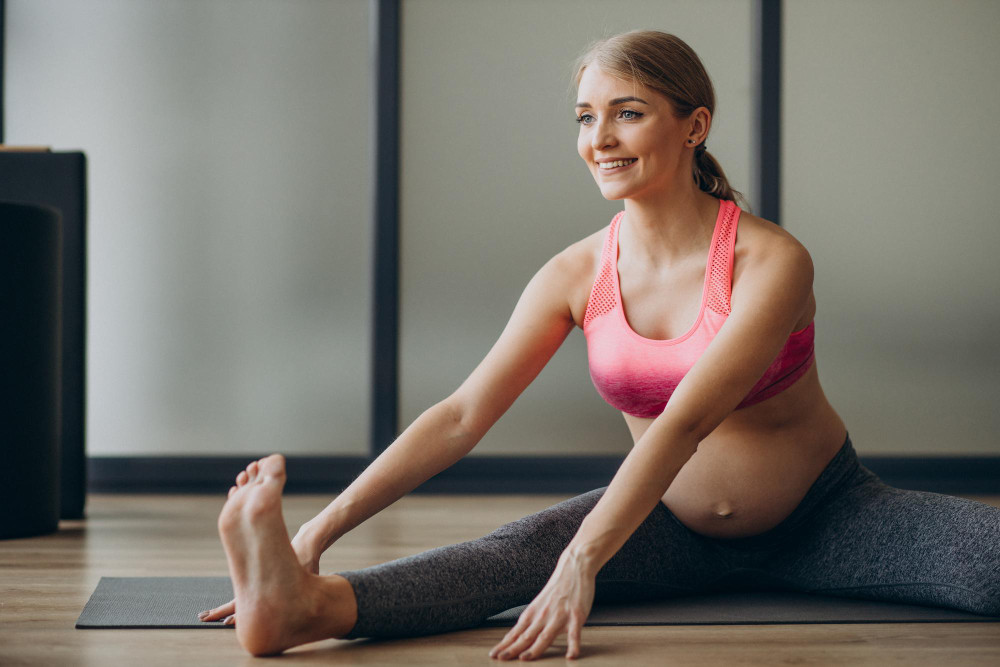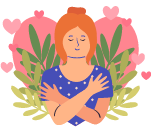Nocturnal leg cramps refer to the occurrence of leg cramps during the night, specifically in the calves, which can further spread to the feet. The exact cause of leg cramps remains uncertain. But these cramps often wake you up and make it hard for you to sleep.
Leg cramping at night may be caused by a variety of factors, including alcohol consumption, medication use, pregnancy, dehydration, prolonged standing, fatigue post exercise, and dehydration.
How to avoid leg cramps at night
Nocturnal leg cramps can be extremely uncomfortable and impact the ability to return to sleep. To do this, follow the following instructions in order to minimize it:.
Stay hydrated
Dehydration may be the cause of leg cramps at night. Dehydration may affect the electrolyte balance in the muscles, making them susceptible to cramping.
It is therefore essential to maintain body hydration throughout the day by consuming water on a consistent basis. Adequate water intake is essential for optimal muscle function and can decrease the probability of experiencing muscle cramping.
Stretch regularly
Stretching is a highly effective method for decreasing the frequency and severity of leg cramps. Practicing consistent stretching before going to sleep helps improve muscle flexibility and relieve stress that may lead to cramps.
Stretching the tense muscles in your legs might also help to immediately ease leg cramps.
Take a warm shower
A warm bath reduces tension and soothes tense muscles, which helps in the prevention of nighttime cramping. Additionally, the calming impact of warm baths may help in relieving stress and anxiety that could affect sleep.
To avoid or relieve muscle soreness and cramps, you may also dissolve Epsom salt in a bath or soak in it. Magnesium sulfate, an ingredient in Epsom salt, supports healthy muscular function.
Regular massage
If you want to increase the quality of your sleep and reduce the risk of leg cramps, try including regular pre-bed massage into your routine, either by yourself or with a partner.
Tense muscles can be relaxed and blood circulation increased by massaging the feet or calves.
Heel-walking
Walking on your heels when you have calf cramps will temporarily relieve the strain on the cramped muscles. While walking on your heels may not be as effective as stretching in the long run, it can still improve blood circulation to contracted muscles and provide temporary muscular relaxation.
See a doctor if the leg cramps persist after trying these steps. Leg cramps may indicate liver cirrhosis, kidney disease, osteoporosis, heart disease, leg nerve injury, decreased blood circulation, or spinal canal narrowing. Consult your doctor for a full diagnosis and treatment.
If you have any additional inquiries regarding leg cramps at night, you can either visit a doctor or make use of the consultation features that are available in the Ai Care application by downloading the Ai Care application from the App Store or Play Store.
Looking for more information about other diseases? Click here!
- dr. Alvidiani Agustina Damanik
Mayo Clinic (2023). Night leg cramps. Available from: https://www.mayoclinic.org/symptoms/night-leg-cramps/basics/causes/sym-20050813
Cleveland Clinic (2023). Leg Cramps. Available from: https://my.clevelandclinic.org/health/diseases/14170-leg-cramps
Jay Summer (2024). Leg Cramps at Night: Tips to Reduce Discomfort. Available from: https://www.sleepfoundation.org/physical-health/leg-cramps-at-night
Nancie George (2023). 6 Unusual Signs of Dehydration You Should Know About. Available from: https://www.everydayhealth.com/news/unusual-signs-of-dehydration/#tips-for-staying-hydrated
Elea Carey (2019). How to Stop Leg Muscle Cramps. Available from: https://www.healthline.com/health/pain-relief/how-to-stop-leg-muscle-cramps
Amanda Gonzalez (2022). What to Know About the Benefits of a Cold Shower vs. a Hot Shower. Available from: https://www.webmd.com/sleep-disorders/benefits-of-cold-vs-hot-shower









